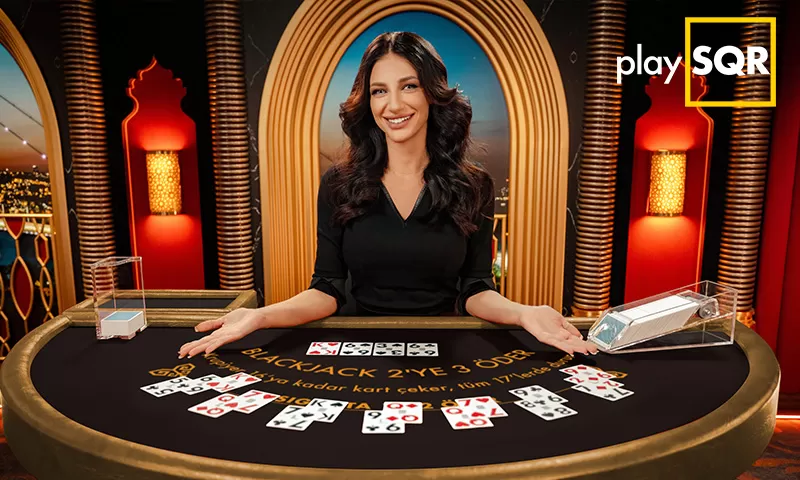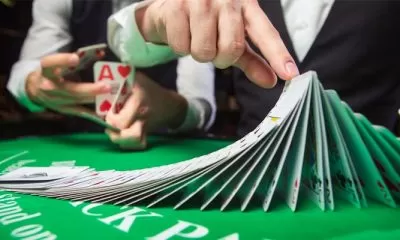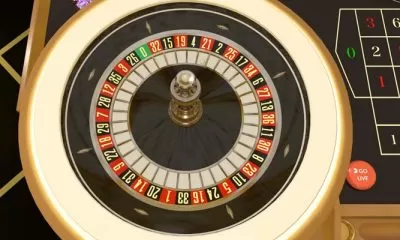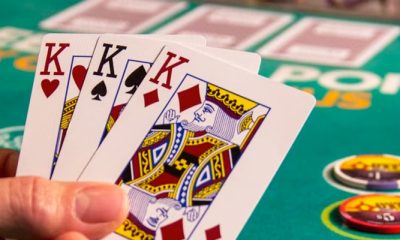Casino
Learn to Play the 13-Card Game in a Quick Read
Published
5 months agoon
By
Sam Jonson
13 is an enjoyable card game similar to Spades. It boasts a rich history, much like many classic card games, though its precise origins remain shrouded in mystery; we have provided here a brief compilation on how to play it.
As with numerous vintage card games, this casino game has multiple variations. While some are designed for only two players, the traditional rules we will explore are tailored for four players. However, before delving into the intricacies of the game, first learn the essential elements of play.
13 card game rules
What you require
A standard deck of playing cards is essential for playing 13. Jokers are not utilized in 13, so a regular 52-card deck is all you need. While various types of playing cards are suitable, it is advisable not to use themed decks that alter the suit symbols.
The reason behind this is that in 13, the suits have distinct values, and it’s crucial for all players to identify them easily. Before learning the gameplay, let’s explore the card hierarchy in 13.
The playing cards
In game 13, cards are assessed based on their value and suit. The hierarchy of suits, from highest to lowest, is Hearts>Diamonds>Clubs>Spades.
Additionally, the cards are ranked according to their individual values, but this sequence deviates from the conventional. In 13, the 2 cards hold the highest value, while the 3 cards are considered the lowest. The card values, ranked from highest to lowest, follow this order: 2, A, K, Q, J, 10, 9, 8, 7, 6, 5, 4, and 3.
That covers the fundamental principles of card ranking and valuation in 13. However, there is much more to discover about how they are utilized. With that in mind, let’s embark on a detailed exploration of the rules and gameplay of the 13 card game.
The 13 cards game objective
The objective in 13 may appear deceptively straightforward at first glance—be the first player to empty your hand of all cards. However, as you might expect, simplicity isn’t the whole story. 13 is a strategy-driven game with numerous tactics for playing your cards.
Preparing for 13
The setup for the 13 card game is straightforward. One player takes on the role of the dealer, shuffles the deck, and then proceeds to distribute the cards to each player individually. Each player should receive 13 cards, meaning all cards in the deck are dealt before the game commences.
After dealing the cards, each player examines their hand. The player holding the 3 of Spades (the lowest-valued card in the game) has the privilege of initiating the game by playing this card. After playing the initial card, the gameplay proceeds clockwise to the player on the left.
The subsequent player is required to match both the type of combination played by the previous player and surpass its value. During the first round, this is typically not too challenging, as the 3 of Spades is the lowest-value card.
The challenge increases as the game progresses. Whenever a player is unable to make a valid move, they have the option to pass their turn. Players can also choose to pass even if they possess playable cards, as strategic decisions come into play.
Holding onto a high-value card can be advantageous in the later stages of the game. Now, let’s reflect on the different combination types in 13, which will help clarify this aspect of the game.
Playing cards rules
In card game 13, you have a variety of ways to play your cards, ranging from simpler to more intricate combinations. The complexity of your combinations allows you to play more cards and presents a more significant challenge for other players attempting to match your moves.
- Singles: Play a single card.
- Pairs: Play a pair of matching cards.
- Three of a kind: Play a trio of matching cards.
- Four of a kind: Play four matching cards.
- Sequence: You can play a sequence of three or more cards consecutively. For instance, you can play cards like 7, 8, and 9 together.
- Double Sequence: This involves a sequence of six or more cards. For example, you can play cards like 3, 4, 5, 6, 7, and 8 in succession.

When playing a sequence, cards from any suit are acceptable, but it’s important to note that 2s cannot be included in a sequence. Another intriguing card play of the game is known as ‘bombs’. Bombs are unique attributes that enable specific sequences to beat the formidable number 2 cards, which, as you may recall, possess the highest value in the game.
There are two types of bombs in this playing card game – a four-of-a-kind and a double sequence of 3 cards. These bombs can be played over a single 2. Also, a double sequence of 4 cards can be played on top of two 2s, and a double sequence of 5 or more cards can be played over three 2s.
While it is quite uncommon for particular combinations to grant an immediate victory, two scenarios lead to instant wins: if a player holds all four 2 cards, or if a player manages to assemble a straight sequence from 3 to Ace.
Gameplay summary
A brief gameplay summary is provided for your convenience. Here are the key steps to follow –
- Begin by ensuring that each player receives a fair deal of 13 cards. Shuffle the deck thoroughly and distribute the cards one by one.
- The player holding the 3 of Spades initiates the game. This card can either be played individually or as part of a combination.
- The subsequent player must play the same combination type and exceed its value.
- At any juncture, a player has the option to pass, even if they possess playable cards.
- Once all four players have either played their cards or passed, the cards on the table are collected, and a new round commences.
This playing card games cycle persists until one of the players successfully exhausts all their cards. The player who achieves this feat first emerges as the victor of the game. Typically, the 13 card game is structured as a ‘first to three wins’ setup, allowing for multiple games within a single session, offering many times the fun!
You may like
-
High Low Game: How and Why to Play, Variations, and Strategies
-
Live Speed Baccarat: Game Rules, How to Play, and Strategies
-
A Comprehensive Guide to Play Poker Online with Friends
-
How to Play Roulette: Everything You Need to Know about Casino Roulette Game
-
Play Online Roulette Successfully: 6 Proven Strategies to Help You Win
-
Learn How to Play 3 Card Brag














